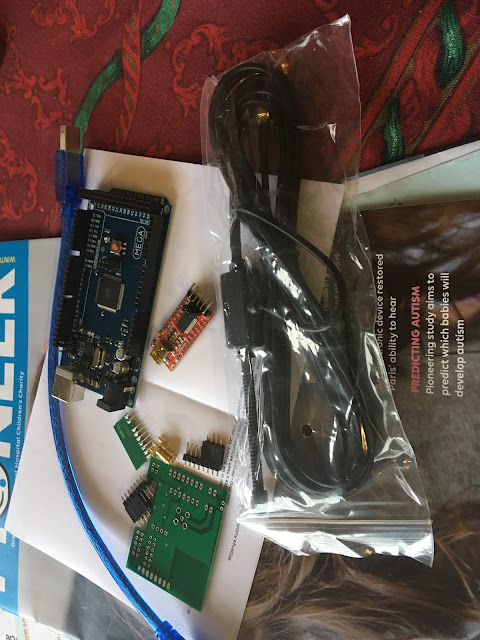RFLink and more things to control!!

I picked up a couple of new mains-controlling gizmos that use 433MHz control signals from Maplins today: energyEGG smart light switches - 2-gang; these were 99p each, so gotta be worth a try Maplin's own Remote Control Socket - 3 pack; about £14 energyEgg Switch (L) Remote Control Switch (R) Remote Control Switch - rear I got the energyEGG things on the back of a recent Scargill tech blog entry, which mentioned someone getting an energyEGG PIR motion sensor and a few controllable switches as a "last ones, all gone" deal from Maplin. I checked out their current stock, unfortunately no EGGs left, but they did have some 2-gang switches for 99p each. Since Scargill had already contacted the RFLink software chap, Frank, with various debug traces, I've dropped him a line to see if he's going to support them. Watch this space... Meanwhile, back at the (stacked-baked-clay-cuboid-lump) hut, I've been bashing away with the Maplin Remote Control switch...



